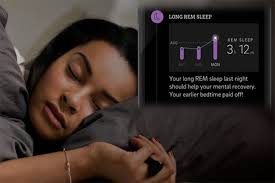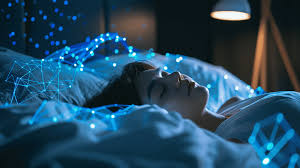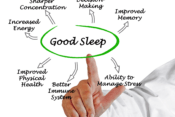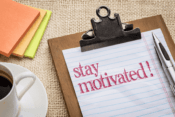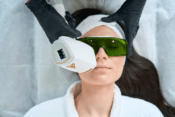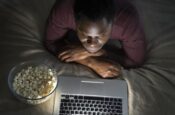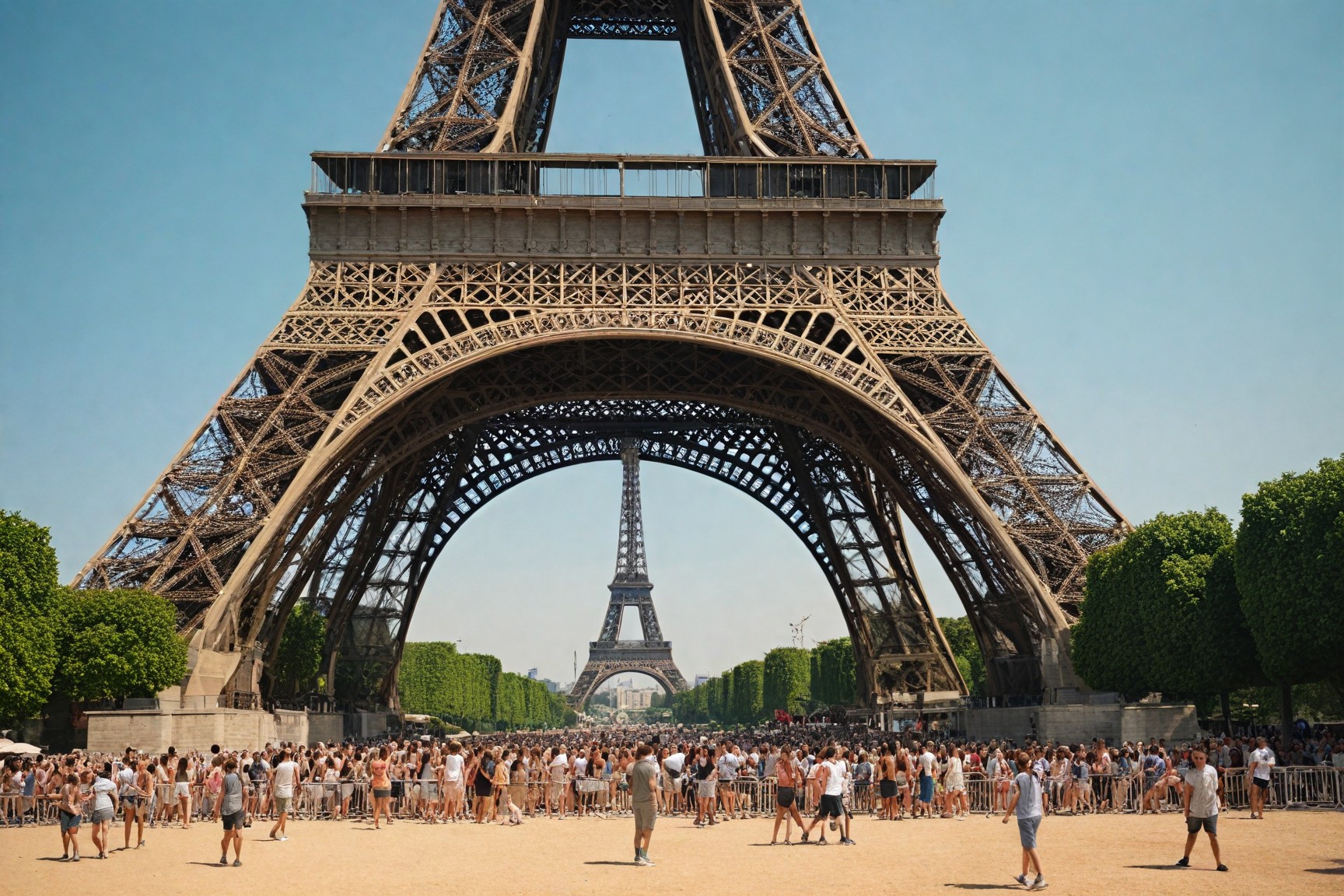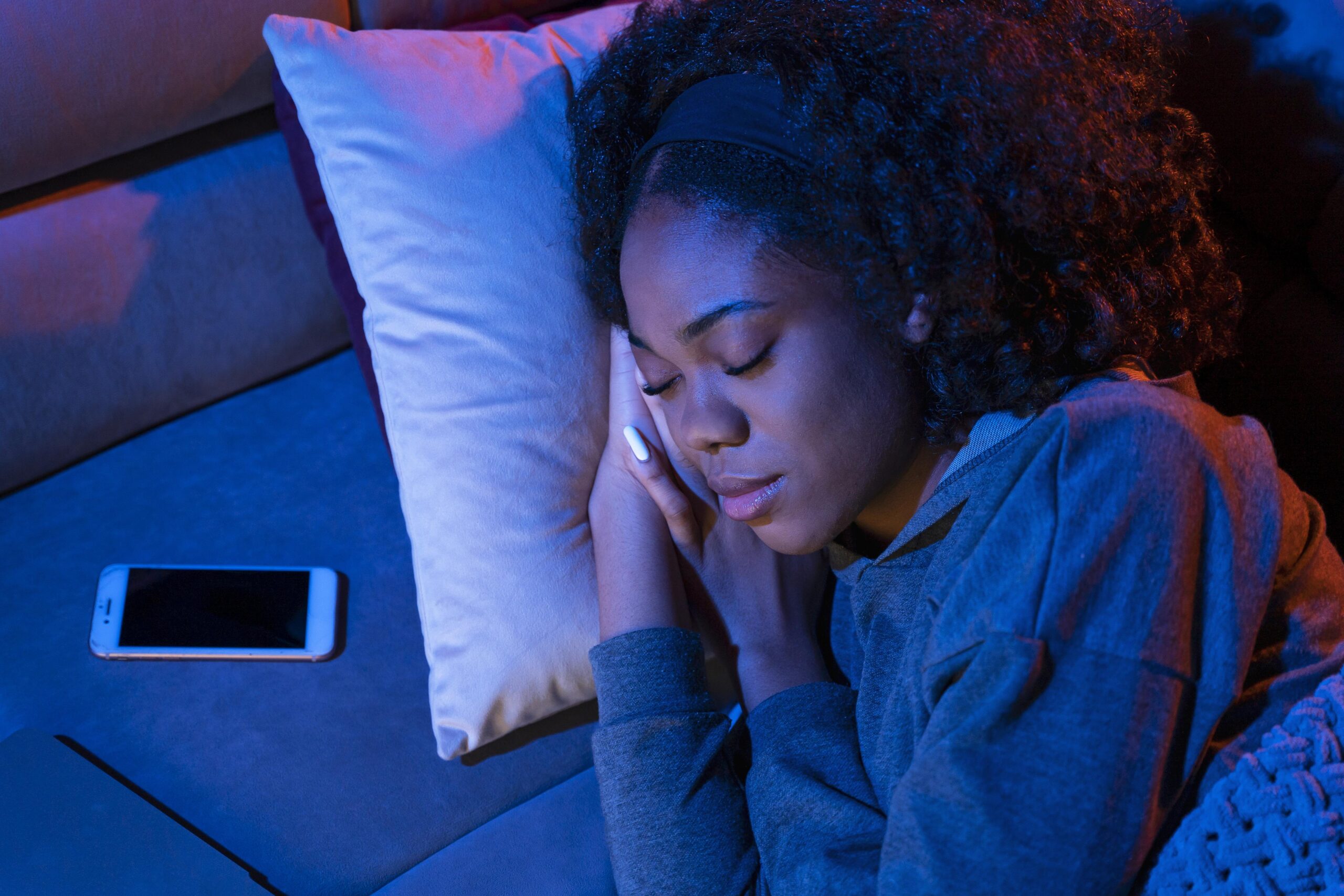
Sleep Optimization Using Technology
Honestly, I have come to know that I am not a night owl. Only past midnight, I used to be on Instagram and YouTube without any break. That was, however, my habit every night. I woke up like a zombie every morning, and I just could not understand how sleeping for eight hours was never refreshing.
One night, just in anger, I tried a sleep tracker app to find out what was happening. The findings were unbelievable. My sleep was light, interrupted, and I was getting tiny awakenings that I did not even realize.
That is the moment when I got it: my technology habits were the reason for my poor sleep. Frankly, technology was no longer the bad guy. On the contrary, if you have the right instruments and practice more intelligent habits, technology is going to become your best friend for getting restorative sleep.
Fun Fact: According to The Sleep Foundation (2025), people who consistently get 7-9 hours of quality sleep are 30% more productive and report higher mood levels. Yet, over 60% of adults admit to using their phones right before bed, a habit linked to poor sleep quality.
But technology does not have to ruin your sleep.
If used intentionally, it can help you sleep better, track patterns, and build healthier bedtime routines.
Why Sleep is So Easily Disrupted in the Digital Age
Our bodies are wired to follow natural light cycles. But in today’s world, artificial light from screens tricks our brains into thinking it is daytime, suppressing melatonin production, the hormone responsible for making you sleepy.
Dr. Laura Benson, a sleep technologist, explains:
“Digital devices emit blue light, which delays your internal clock. But when used properly, sleep tech can guide you back into a healthy rhythm.”
How Technology Can Help You Sleep Better
1. Sleep Tracking Apps for Awareness
Before you fix your sleep, you need to understand it. Apps like Sleep Cycle, Pillow, or AutoSleep analyze your sleep stages, detect snoring, and even monitor heart rate.
By looking at trends over a week, you can identify patterns like:
- At what time do you fall into a deep sleep
- How often do you wake up during the night
- How long does it take you to fall asleep
Awareness is the first step to improvement.
2. Smart Alarms That Wake You at the Right Time
Instead of jolting you awake at a fixed time, smart alarms gently wake you during your lightest sleep phase within a time window.
This reduces that groggy, “hit-by-a-truck” feeling and helps you wake up feeling more refreshed.
3. Blue Light Filters and Screen Dimming Apps
Apps like f.lux for laptops or Night Shift Mode on smartphones adjust your screen’s color temperature based on the time of day.
By reducing blue light exposure in the evening, your body can naturally produce melatonin, making it easier to fall asleep.
4. Smart Sleep Lights and Sound Machines
Smart lights like Philips Hue can mimic natural sunset tones, helping signal to your body that it is time to wind down. Pair this with a white noise machine or calming sound app to create a relaxing pre-sleep environment.
5. Wearable Sleep Trackers
Wearables like the Oura Ring, Fitbit, or Apple Watch provide in-depth sleep analysis. They track your sleep stages, heart rate variability, and even recommend personalized recovery times based on your activity levels.
Expert insight: “Tech can guide you, but real sleep optimization comes from routine,” says Dr. Benson.
Consistent sleep and wake times, a calm wind-down ritual and disconnecting from stimulating content before bed are non-negotiable.
Common Mistakes to Avoid with Sleep Tech
- Over-relying on data: Sleep is not a competition. Use data for insights, not anxiety.
- Using stimulating apps before bed: Avoid scrolling through social media or news before sleep.
- Sleeping with notifications on: Use Do Not Disturb mode to avoid interruptions during the night.
Quick Tips for Better Sleep with Technology
- Set a digital curfew. No screens at least 30 minutes before bedtime.
- Use meditation apps like Calm or Headspace for guided sleep relaxation.
- Keep your bedroom cool, dark, and free from tech distractions (no laptops or work devices).
Conclusion
The key to optimizing sleep in a tech-driven world is not to eliminate technology but to use it consciously. Sleep apps, trackers, smart lighting, and mindful usage can turn your devices into allies for better rest.
It is about shifting from passive consumption to intentional recovery.
With small habit changes and the right digital tools, you can transform your nights from restless scrolling to true deep sleep.
References
- The Sleep Foundation. (2025). The Impact of Technology on Sleep Patterns.
- Pew Research Center. (2025). Bedtime Digital Habits and Their Effects on Sleep.
- Calm Research Team. (2025). The Role of Meditation Apps in Sleep Improvement.
- Harvard Medical School. (2024). Blue Light and Sleep: How Screens Affect Your Circadian Rhythm
- Benson, L. (2024). Leveraging Technology for Healthier Sleep Habits. Published in Journal of Sleep Technology and Wellness.

